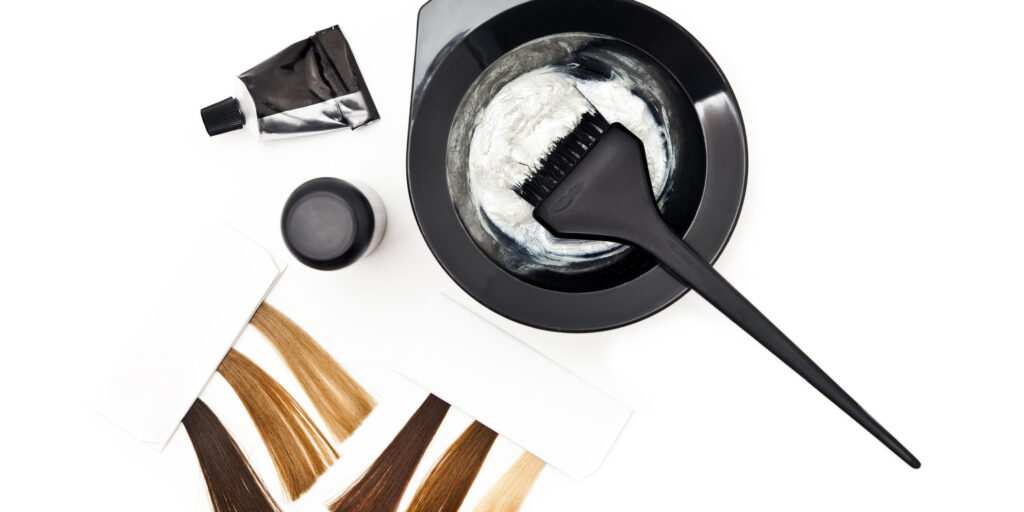A recent study published in the International Journal of Cancer has triggered a flurry of misguided media activity and possibly consumer concern about a potential association between hair dyes/straighteners and breast cancer. The problem is, association does not equal causation – one does not necessarily lead to the other.
The links between coloring/straightening treatments and breast cancer are weak; even the authors of the study urge caution when interpreting the results.
As consumers, it’s very unnerving to see phrases like “cancer risk,” “hormone disruption,” and “unsafe products,” and it’s easy to make a quick judgement. But, we have to consider the facts beyond the headlines:
- Hair dyes are one of the most thoroughly studied consumer products on the market, and companies are required to substantiate safety before marketing to consumers.
- Many of the associations linking hair dyes/straighteners and breast cancer are not statistically significant. The association reported for current use of permanent hair dye and breast cancer, for instance, is not seen when past use of hair dye is considered.
- Women recruited for the study were already at higher risk for breast cancer (because they had at least one sister with breast cancer); the conclusions, therefore, cannot necessarily be applied to the broader population.
- As the authors themselves noted, “researchers have been studying the possible link between hair dye and cancer for a long time, but results have been inconsistent.”
As a scientist, I believe consumers have a right to know the facts about the products and ingredients they use, however, they also have a right to understand. If straightening or coloring your hair is a part of your lifestyle, I applaud that you’ve read what’s in the news; educating yourself is a critical part of the informed decision-making process. However, before you opt to make a change based on one single study, take a step back. Look beyond the hype and misinformation and search for the facts.
